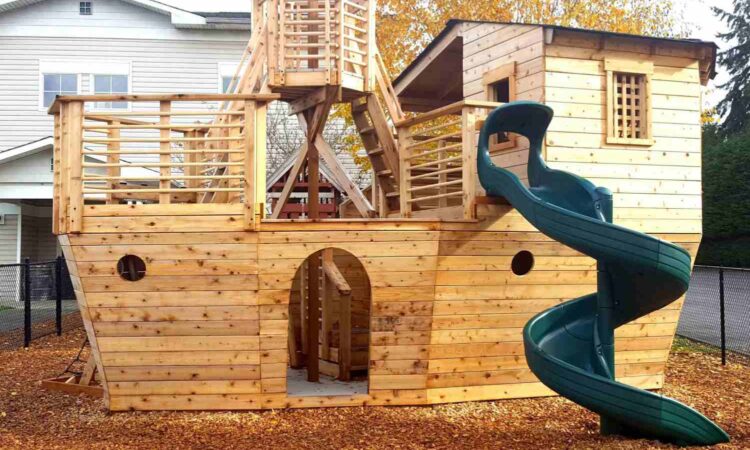Quick Fixes: How to Temporarily Repair a Broken Window in an Emergency

Knowing how to perform emergency repairs can be invaluable in moments of crisis, such as a broken window. A fractured window compromises your home’s security and exposes it to the elements, whether due to a storm, accident, or break-in. While seeking professional assistance for permanent solutions is essential, temporary fixes can prevent further damage and ensure safety until help arrives. In this article, we’ll explore practical methods for emergency window repairs, offering quick solutions to secure your home in need.
Assess the Damage
The first step in any emergency window repairs is assessing the extent of the damage. Carefully look at the broken window, noting any shattered glass, damaged frames, or surrounding structures. Determine if the window is entirely shattered or if any remaining glass pieces are intact. Additionally, check for sharp edges or protruding objects that pose a safety hazard. Understanding the severity of the damage will guide your approach to temporary repairs.
Remove Debris and Secure the Area
Before attempting any repairs, clear the area around the broken window of debris or glass shards. Wear thick gloves and protective eyewear to avoid injuries. Use a broom and dustpan to sweep away larger fragments, then carefully vacuum any smaller pieces. Once the area is clear, take measures to secure the immediate vicinity. Use caution tape or barriers to prevent access and alert others to the potential danger. If the broken window is on a higher floor, consider blocking off the area below to protect pedestrians and pets from falling debris.
Temporary Patching Techniques
With the area secured, it’s time to implement temporary patching techniques to cover the broken window. Here are several effective methods:
- Cardboard or Plywood:Cover the window opening with cardboard or plywood if the damage is extensive. Measure the window’s dimensions and cut the material accordingly, ensuring a snug fit. Use duct tape or nails to secure the makeshift barrier in place. While not aesthetically pleasing, cardboard or plywood provides a sturdy temporary solution to keep out intruders and weather elements.
- Plastic Sheet:A plastic sheet can quickly fix cracks or shattered glass. Cut a piece of thick plastic to fit the window frame, leaving a few inches of overlap on all sides. Secure the plastic sheet using heavy-duty tape, such as duct tape or packing tape. Ensure a seamless seal by meticulously smoothing out any irregularities or air pockets. While not as durable as other materials, a plastic sheet provides a temporary barrier against wind, rain, and debris.
- Window Film:If the window is only partially damaged, consider using window film to reinforce the existing glass. Window film is a transparent adhesive sheet that adheres to the surface of the glass, providing added strength and security. Clean the damaged area thoroughly, then apply the window film according to the manufacturer’s instructions. Use a hairdryer to activate the adhesive and ensure a tight bond. While window film won’t fully repair the damage, it can prevent further breakage and buy time until permanent repairs can be made.
Secure the Perimeter
Once the window is patched, take additional measures to secure the perimeter of your home. Inspect other windows and entry points for signs of damage or vulnerability. Consider reinforcing vulnerable areas with additional locks, security bars, or alarms. If necessary, board up other windows or doors to deter intruders and protect against further damage. Notify neighbours and local authorities of the situation to enhance security awareness in the area. By securing the perimeter, you reduce the risk of additional incidents and ensure the safety of your home and loved ones.
Addressing Structural Damage
In some cases, a broken window may damage the surrounding area, such as the window frame or adjacent walls. It’s essential to address these issues promptly to prevent further deterioration and ensure the stability of your home. Here’s how to handle structural damage in emergency window repairs:
- Reinforcing the Frame:
If the window frame has sustained damage or appears weakened, reinforce it temporarily to prevent additional instability. You can use wooden boards or metal braces to shore up the frame and provide support until permanent repairs can be made. Secure the reinforcement materials firmly in place using screws or nails, ensuring that the frame is adequately supported.
- Patching Wall Damage:
In cases where the broken window has caused damage to the surrounding walls, such as cracks or holes, it’s essential to patch these areas to prevent further structural issues. Use plaster or drywall compound to fill in gaps or cracks, smoothing the surface with a putty knife or trowel for a seamless finish. Allow the patching material to dry completely before sanding and painting to match the existing wall finish.
- Assessing Structural Integrity:
Inspect the surrounding area thoroughly to identify signs of structural compromise, such as sagging walls or uneven floors. If you notice any concerning issues, such as foundation damage or structural shifting, it’s crucial to seek professional assistance immediately. Structural problems require expert assessment and repair to ensure the safety and stability of your home.
Conclusion
Knowing how to perform emergency window repairs can make all the difference in times of crisis. You can secure your home and protect it from further harm by assessing the damage, removing debris, and implementing temporary patching techniques. While these quick fixes offer temporary relief, seeking professional assistance for permanent repairs as soon as possible is crucial. Following these guidelines, you can confidently navigate the emergency window and safeguard your home in need.






